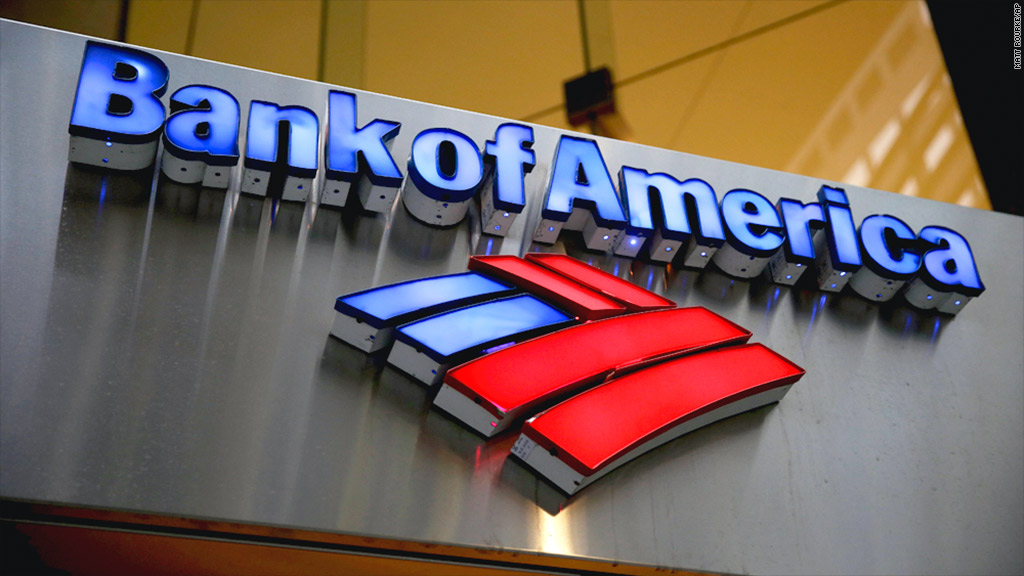by Brian Levitt, Invesco Canada
It’s understandable why some investors are concerned about the current market drawdown, but Brian Levitt believes it’s not time to worry yet. Here’s why.
This may be one of those strange times when market analysts, having just spent months telling everyone that the economy isn’t as robust and inflationary as they believe it to be, must now convince everyone that the economy isn’t as bad as they think.
Nonetheless, we view the current backdrop as a growth slowdown for the U.S. in what will still be a long economic cycle.
What’s the market telling us?
We’ve always said that of all the indicators, the bond market tends to get it right most often. For the past year, the bond market had not been signaling meaningful inflation concerns. Consider that the U.S. 10-year rate had fallen from a post-recession peak of 1.74% at the end of March to 1.29% at the end of last week. It is down by nearly 11 basis points today to 1.18%.1 Inflation fears have turned to a growth scare as investors turn their attention to the rising cases of the coronavirus attributed to the Delta variant in the U.S.
A bull flattening of the yield curve (long-term rates decreasing more rapidly than short-term rates) has historically not been a great near-term environment for equities. In the last cycle, long rates converged toward short rates in 2010-2011 (European debt crisis), 2014-2015, and 2015-2016 (China currency devaluation).1 During those periods there were drawdowns in the S&P 500 Index of -15%, -5%, and -12%, respectively. In each of those instances, growth stocks outperformed value stocks.2
Lest we get too concerned, remember that market drawdowns are not uncommon. They tend to be the result of policy uncertainty. The policy uncertainty is now less about monetary policy and instead about policy related to COVID-related shutdowns. Whether or not a drawdown occurs is likely to be immaterial. The median intra-year decline in stocks over the past four decades is close to 10%.3 The median annualized total return over that period is over 14%.3 Stay the course.
Have we changed our view on the cycle?
Critically, it is a bear flattening of the yield curve (where short-term rates move higher than long-term rates) that tends to signal that the economic cycle is in danger. That is not what is happening in the U.S. bond market today.4
A growth scare is likely to ease the pressure that had been growing on the U.S. Federal Reserve to begin tightening policy conditions. As such, a growth scare now is likely to ultimately extend this business and market cycle.
The tail risk to this outlook is that the delta variant leads to widescale shutdowns of the economy and another recession. It is important to note that the U.S., given the vaccine rollout, is in a much better place than it was months ago. On a national basis, active hospitalizations remain low, albeit climbing.5
Vaccination rates appear to be having a significant impact on the severity of Delta’s spread. The U.S. per capita level of new cases and hospitalizations is 3-4x higher in the quartile of least vaccinated states than in the quartile of most vaccinated states.6 However, a silver lining to these developments is that the vaccine rollout picked up slightly over the past week.6
It’s understandable why some are concerned about the current drawdown, but in my opinion, this is no time to worry. Investors should consider where we are in the economic cycle and consider that while we are once again facing some policy uncertainty due to COVID-19, that doesn’t mean the market won’t rebound.
1 Source: Bloomberg L.P. as of July 19, 2021
2 Source: Bloomberg L.P. as represented by the S&P 500 Index, June 30, 2021. Growth and value stocks are represented by the Russell 3000 Growth Index and Russell 3000 Value Index, respectively.
3 Source: Bloomberg L.P., as represented by the S&P 500 Index.
4 Source: Bloomberg L.P., as represented by the change in the 10-year US Treasury rate compared to the change in the 2-year US Treasury rate.
5 Source: World Health Organization as of July 18, 2021
6 Source: Centers for Disease Control and Prevention, July 18, 2021
This post was first published at the official blog of Invesco Canada.















